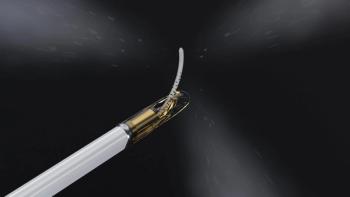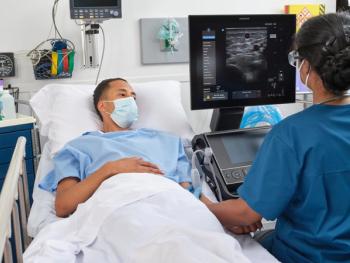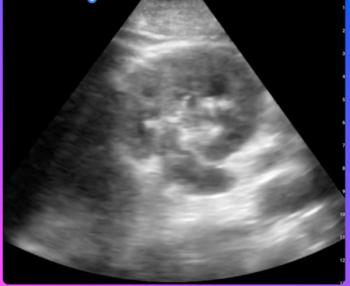
Ultrasound Analysis Framework: Early Step Toward Automated Thyroid Tumor Diagnosis
Evaluation of tumor features as effective as radiologists at distinguishing malignant thyroid nodules
Examining tumor features with ultrasound can distinguish between benign and malignant thyroid tumors as well as expert radiologists, potentially paving the way for fully automated thyroid nodule triage.
New research published online in the
To determine the feasibility of a quantitative ultrasound framework, investigators from Stanford University retrospectively collected ultrasound images of 92 biopsy-confirmed nodules that had been annotated by two radiologists with the American College of Radiology’s Thyroid Imaging Reporting and Data System.
“Our results confirm the ultimate feasibility of computer-aided diagnostic systems for thyroid cancer risk estimation,” said lead author Alfiia Galimzianova, Ph.D., a Stanford medical imaging researcher. “Such systems could provide second-opinion malignancy risk estimation to clinicians and ultimately help decrease the number of unnecessary biopsies and surgical procedures.”
According to study results, the ultrasound framework performed as well as or better than the radiologists in distinguishing between tumors. If the framework had been initially used with the study same, she said, 20 out of 46 biopsies of benign nodules could have been avoided, and it could have helped identify 10 out of 46 malignancies.
Newsletter
Stay at the forefront of radiology with the Diagnostic Imaging newsletter, delivering the latest news, clinical insights, and imaging advancements for today’s radiologists.




























